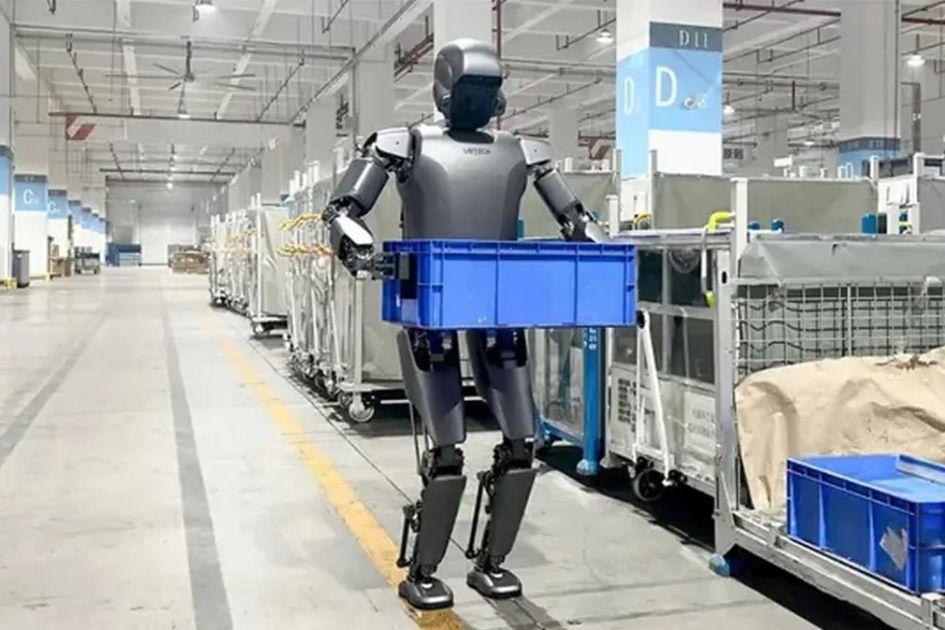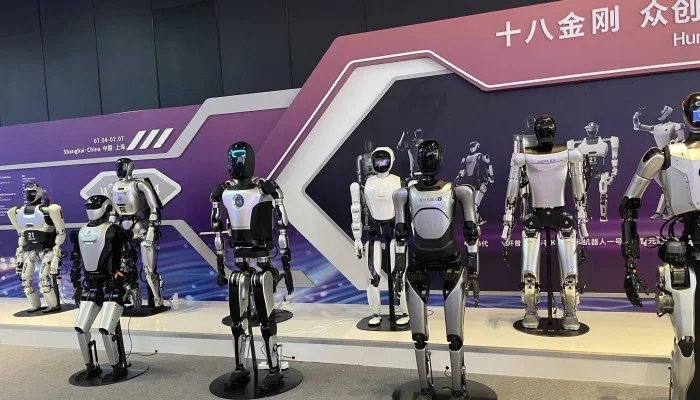China’s Humanoid Robot Revolution: Mass Production Begins in 2025
The Future is Here: Humanoid Robots Go Mainstream

China has officially stepped into the future with the mass production of humanoid robots starting in 2025. This isn’t about prototypes locked in labs—these are real-world robots powered by AI, designed to work in factories, hospitals, and homes.
Let’s explore how this bold move is reshaping industries and everyday life.
🤖 Meet China’s Next-Gen Humanoid Robots
1. Unitree G1 – The Affordable Labor Bot
Price: ~$16,000 (less than a mid-range car)
Main Use: Warehouse logistics, lifting, light assembly
Top Speed: 4.3 mph (faster than average walking speed)
Why It Matters: Affordable enough for small businesses and factories
2. Fourier GR-1 – The Robotic Caregiver
Purpose: Elderly care, hospital assistance
Key Abilities: Patient lifting, medication delivery, basic health monitoring
Tech: Understands speech, can recognize emotional tones
3. Xiaomi CyberOne – The AI-Powered Home Assistant
Target User: General consumers
Functions: Household chores, security patrol, child tutoring
Bonus Skill: Voice recognition for different family membe

🏭 Why Mass Production Is a Game-Changer
The Perfect Storm of Innovation
📉 Cheaper actuators (robotic “muscles” now cost 60% less than in 2022)
💻 AI chip independence (Chinese companies like Horizon Robotics reduce dependency on NVIDIA)
🏭 Government support (China targets 500,000 units per year by 2027)
🔧 Where These Robots Will Be Deployed First
| Industry | Application | Robot Model |
|---|---|---|
| Manufacturing | Assembly line labor | Unitree G1 |
| Healthcare | Patient assistance | Fourier GR-1 |
| Retail | Greeters, inventory check | Xiaomi CyberOne |
| Residential Use | Elderly care, security | All models |
Real-World Example:
A Shanghai-based electronics factory replaced 20% of its labor force with Unitree bots. The result? A 35% reduction in operating costs without any job loss—human workers were retrained as robot supervisors.
🌍 Global Impact: Can the West Compete?
China’s Competitive Edge
✅ Full control of supply chains (AI chips, batteries, motors)
✅ Faster prototyping (3x quicker than Western firms)
✅ High domestic demand (especially in healthcare)
Challenges Faced by Western Nations
❌ U.S. robots are 2–5x more expensive (e.g., Tesla’s Optimus: ~$50,000)
❌ Strict regulations in the EU delay rollout
❌ Japan prioritizes high-end robotics over scalable production
💡 What This Means for the Average Person
By 2027, Expect:
👮 Robot mall security guards
🎓 AI tutors helping with homework
🧓 Affordable care for elderly family members
Jobs That Will Change
⬇️ Declining: Manual factory work, basic customer support
⬆️ Growing: Robot maintenance, AI ethics roles, robotics software development
🚀 What’s Next: 2030 and Beyond
China aims for fully autonomous humanoid robots by 2030 with the ability to:
👨🍳 Cook meals and clean homes
🚗 Drive cars (no steering wheel needed)
🧑🚒 Respond to emergencies or disasters
🧾 Final Thoughts
This isn’t science fiction—it’s happening now. China’s humanoid robots are no longer experiments; they’re entering homes and workplaces. Whether this revolution excites or alarms you, one thing is clear: the future of labor and caregiving is being rewritten.
Would you trust a robot caregiver for your loved ones? Let’s discuss below!